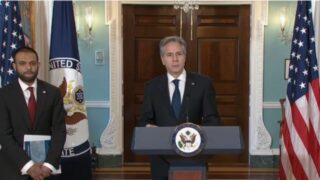Does Scientology offer a spirituality of the arts? Yes, answer some artists who are Scientologists.
by Massimo Introvigne
Article 8 of 8. Read article 1, article 2, article 3, article 4, article 5, article 6, and article 7.
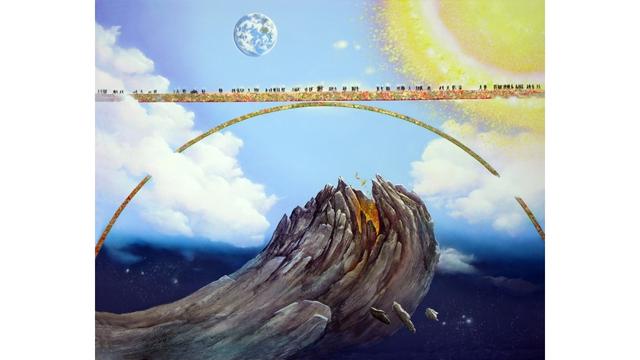

Some (but not all) Scientologist artists took an interest in esoteric discourse. Before meeting Scientology, Pomm Hepner, was exposed to Anthroposophy by studying at a Steiner school. Röhrig uses the Tarots as well as the Zodiac. He explains he doesn’t believe in the content of astrology or Tarot, as “they are effects and as a Scientologist you try to be cause,” but they provide a widely shared language and are “a very good tool to communicate.” Other Scientologist artists approach in a similar way Eastern spirituality. For instance, Marlene Rose’s glass sculptures often feature the Buddha. Rose is one of the artists who decided to live in Clearwater, Florida, near the Flag headquarters of the Church of Scientology. The area offers a favorable environment for artists working with glass and in April 2017 nearby St. Petersburg opened the Imagine Museum devoted to this artistic medium, with Marlene Rose featured in the opening exhibit.
“We were one hundred students doing the same [Scientology] course. Suddenly, the room took the most beautiful characteristics. Everything became magical. I became more me. The room did not change but how I perceived it changed,” reported Susana Díaz-Rivera, a Mexican Scientologist painter. Several artists told how the “static” experience, which in Scientology language means realizing your nature as thetan, completely changed how they perceive the world.


Then, “art is about duplicating what you perceive. Perception is communication,” as sculptor Yoshikawa Wright told me. Díaz-Rivera struggled to recapture and express this perception of herself as a thetan. She tried both painting and photographing in different locations, including Rome and Los Angeles, and using mirrors. “The spiritual part, she said, emerges through the mirrors.”
Scientology, the artists who attended its courses reported, offers to the artist a number of suggestions, aimed at “putting them back in the driver’s seat” (Peter Green) of their lives, exposing the “myth” of the dysfunctional, starving artist. Scientology also creates and cultivates a community of artists, and does more than offering practical advice. By interiorizing the gnostic narrative of the thetan, artists learn to perceive the physical universe in a different way. Then, they try to share this perception through communication, with a variety of different techniques and styles, inviting the audience to enhance their works with further meanings.
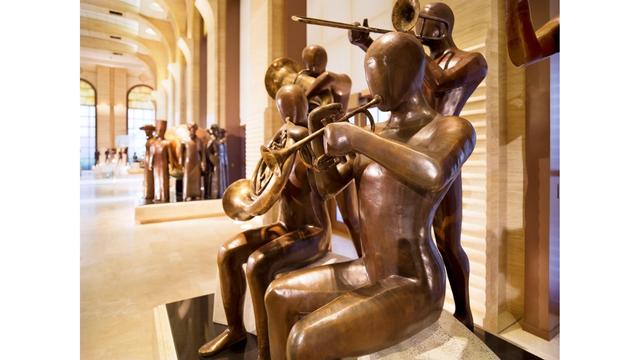

Sixty-two sculptures in the Grand Atrium of the new Flag Building in Clearwater, Florida, inaugurated in 2013, illustrate the fundamental concepts of Scientology. The fact that these concepts had to be explained to the artists, none of them a Scientologist, is significant. Artists who are Scientologists normally are inspired by Scientology in their work, but prefer not to “preach” or illustrate its doctrines explicitly. On the other hand, although not realized by Scientologists, the Flag complex of sculptures is part and parcel of an art inspired by Hubbard and Scientology.
In 2008, the Los Angeles magazine “Ange” described the circle of young artists who are Scientologists, including painter and novelist Mercedes Helnwein and promising abstract artist Vanessa Prager as the “first generation of casual Scientologists,” whose religious affiliation caused less controversy. Visual arts seem to offer an ideal window to discuss the worldview and multiple influences of Scientology independently of the usual legal and other controversies.
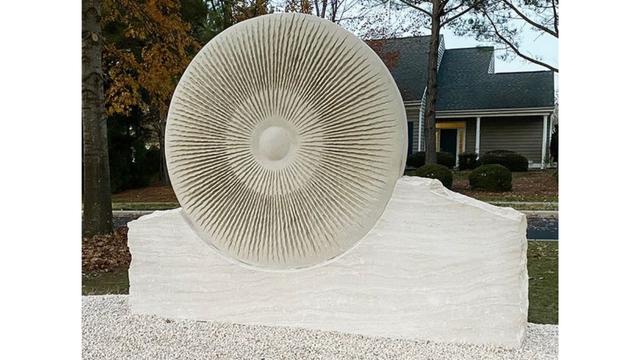

Although neglected by critics, aesthetic theory appears to be an important part of Hubbard’s system. The founder of Scientology left to his religion a complete set of theoretical tools about art, artistic techniques, and art history. They contribute to explaining why the impact of Scientology on visual artists has been significant, and why post-Hubbard Scientologists still devote a substantial amount of time to spreading their founder’s ideas about the arts among artists, something that goes well beyond the recruitment of celebrities for public relations purposes.
Ultimately, Hubbard saw the lives of successful individuals as works of art themselves: “Living itself is an art form.” Writing in 1976, he started, not without humor, by mentioning an art of physical appearance and dressing: “One puts up a mock-up. It doesn’t happen by accident. One has to know how to wash his nylon shirts and girls have to know what mascara runs and that too many candy bars spoil the silhouette, quite in addition to the pancreas. (…) Even a beard and baggy pants require a certain art if they are to be the expertise adequate to produce an emotional impact.”
However, he soon became very much serious: “Some people are themselves a work of art because they have mastered the small practical techniques of living that give them a quality adequate to produce an emotional impact even before anyone knows their name or what they do.”
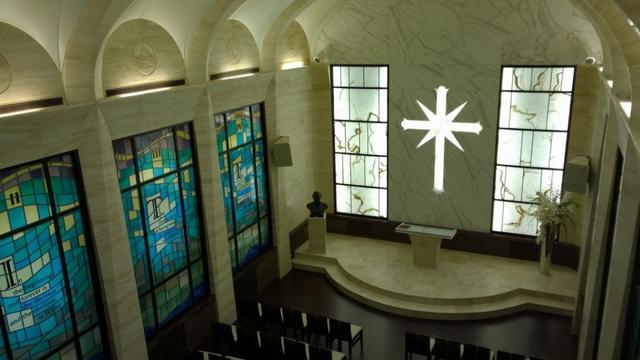

Although he didn’t mention it explicitly, one can follow here Hugh Urban, a scholar otherwise critical of Scientology, in thinking that Hubbard both cultivated the romantic ideal of living his life, as a thinker and religious founder as well as an artist, as the ultimate work of art, and is perceived by his followers (inter alia) as the physical embodiment of what art is all about.
Hubbard rarely mentions the word “beauty” in his writings consecrated to the arts. However, it is very much implied there that the supreme beauty Scientology has to offer is the enlightened life of the realized individual, from the clear to the operating thetan, of which Hubbard himself is regarded as the model. That good lives are the highest works of art has been proclaimed by several religions, old and new. The Roman Catholic Church presented this doctrine in a 2006 document on beauty.
There is, however, a significant difference, and one that is crucial for understanding the nature of Scientology. The beauty of a saintly life in the 2006 Vatican document does not derive from a technique, but from a personal relationship with God incarnate as Jesus Christ. The Roman Catholic Church reiterated in 2018 in the doctrinal letter “Placuit Deo” that its spirituality is very much different from Gnosticism, where salvation (and beauty) are achieved through knowledge and techniques. Scientology remains a modern Gnosticism, and Hubbard’s offer is that of a religious technology that, when correctly applied, would infallibly produce happiness for the individuals and the world, as well as beauty and effective communication through art.
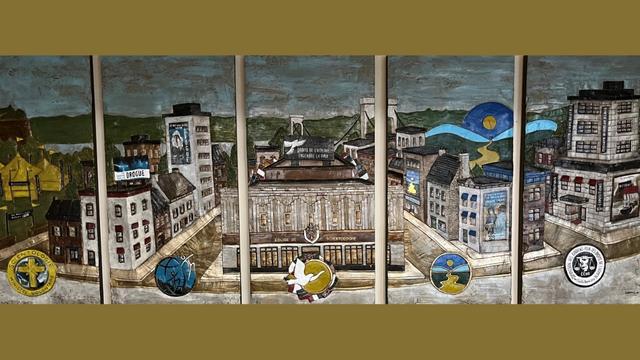

I conclude this series with a polyptych created by Berga (Mario Bernier), a Scientologist artist from Quebec City, and a specialist of painting on cement, for the Church of Scientology of Quebec there. This is art by a Scientologist for Scientology, illustrating the church’s main activities. Yet, when I met Berga in 2022, it become clear to me that painting for him is precisely a spiritual experience, a way of expressing himself and communicate as a Scientologist.



